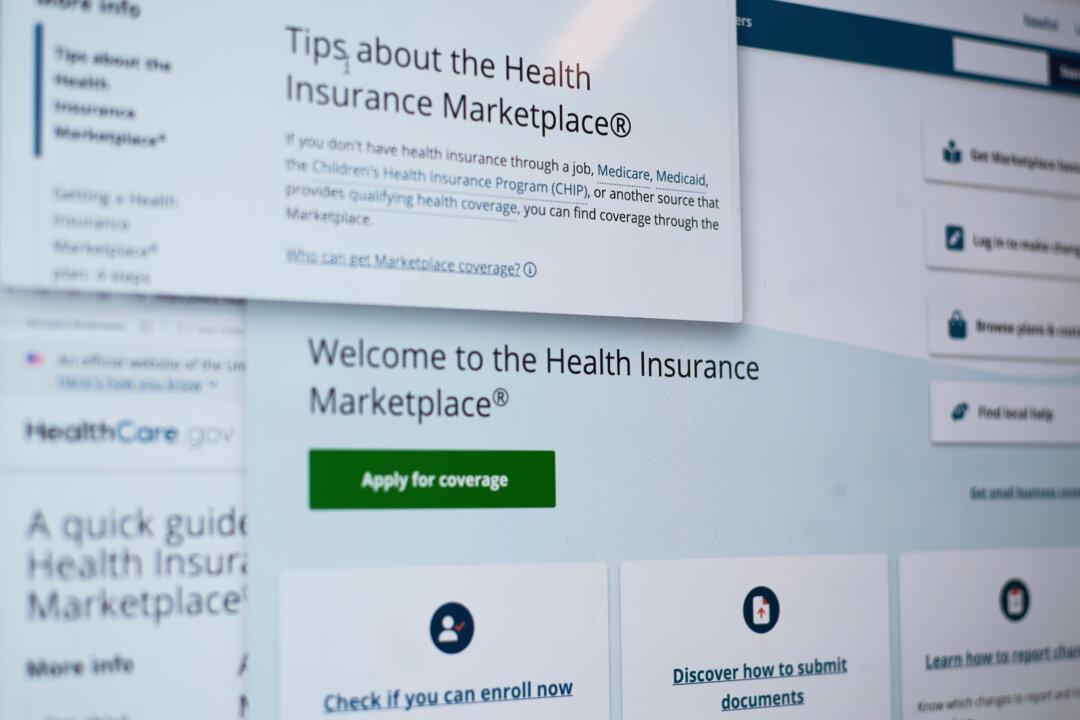As a person who writes about investing for a living, it’s helpful (if humbling) to take a hard look at my own decisions from time to time. In the spirit of continuous learning and improvement, I present some of my personal shortcomings.
1) Roth Conversions
Whether from inertia or income restrictions (probably a bit of both), I never got around to setting up a Roth individual retirement account (IRA). Roth IRAs are especially attractive because they offer significant withdrawal flexibility: Assets can be taken out at any time without taxes or penalties. And in contrast to assets in a 401(k) plan or traditional IRA, Roth IRAs aren’t subject to required minimum distributions (RMDs), which currently kick in at age 73. For investors who have built up significant retirement assets, that can result in substantial tax bills because RMDs are taxed as ordinary income.A person in my situation could get around some of these issues by setting up a backdoor Roth, which involves making a nondeductible contribution to a traditional IRA and then immediately transferring the assets to a Roth account. I haven’t made this tactic a priority. Instead, I'll probably take advantage of the window of time between whenever I retire and when RMDs kick in to convert some of my traditional IRA assets to a Roth account.






